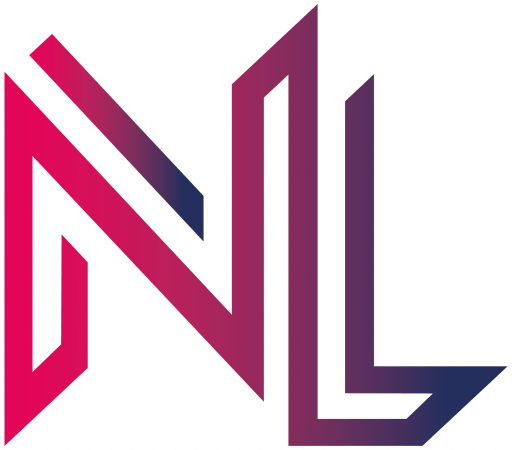I have been using MeTube for some time to occasionally download YouTube videos. Now I’ve been looking for a way to combine MeTube with SponsorBlock to get rid of the ads when downloading a file. And it turned out to be possible. You can either use SponsorBlock to add a chapter for an ad segment, or you can use it to remove the ad or any other segment using the remove_sponsor_segments parameter. Currently, it is not possible to do both things (create segment chapters + remove segments). Here the solution to remove ads while downloading:
Create the following JSON File:
{
"postprocessors": [
{
"api": "https://sponsor.ajay.app/",
"categories": [
"intro",
"outro",
"poi_highlight",
"selfpromo",
"sponsor",
"interaction"
],
"key": "SponsorBlock",
"when": "after_filter"
},
{
"force_keyframes": false,
"key": "ModifyChapters",
"remove_chapters_patterns": [],
"remove_ranges": [],
"remove_sponsor_segments": ["sponsor","interaction","selfpromo"],
"sponsorblock_chapter_title": "'[SponsorBlock]: ''%(category_names)l'"
},
{
"add_chapters": true,
"add_infojson": "none",
"add_metadata": false,
"key": "FFmpegMetadata"
}
]
}
The relevant parts here are the categories:
- intro — video intro segments
- outro — video endings or credits
- sponsor — sponsored ads/segments to skip
- selfpromo — creator self-promotion clips
- interaction — calls to action (like “subscribe” asks)
- poi_highlight — important highlights or notable moments (Points of Interest)
And the remove_sponsor_segments parameter. Here you can provide all sections you want to have removed during a download.
The last step is to mount the JSON File into the Container:
version: '3'
services:
metube:
image: alexta69/metube
ports:
- "8081:8081"
volumes:
- ./downloads:/downloads
- ./ytdl_options.json:/config/ytdl_options.json:ro # the first part must be the path/place of your new created json file
environment:
- YTDL_OPTIONS_FILE=/config/ytdl_options.json
To add video links to MeTube you can also use this handy Browser Add-on: MeTube Downloader
Update 28.07.2025: Since MeTube version 2025-07-27, changes to the YTDL_OPTIONS_FILE are monitored and do not require a container restart to take effect.



